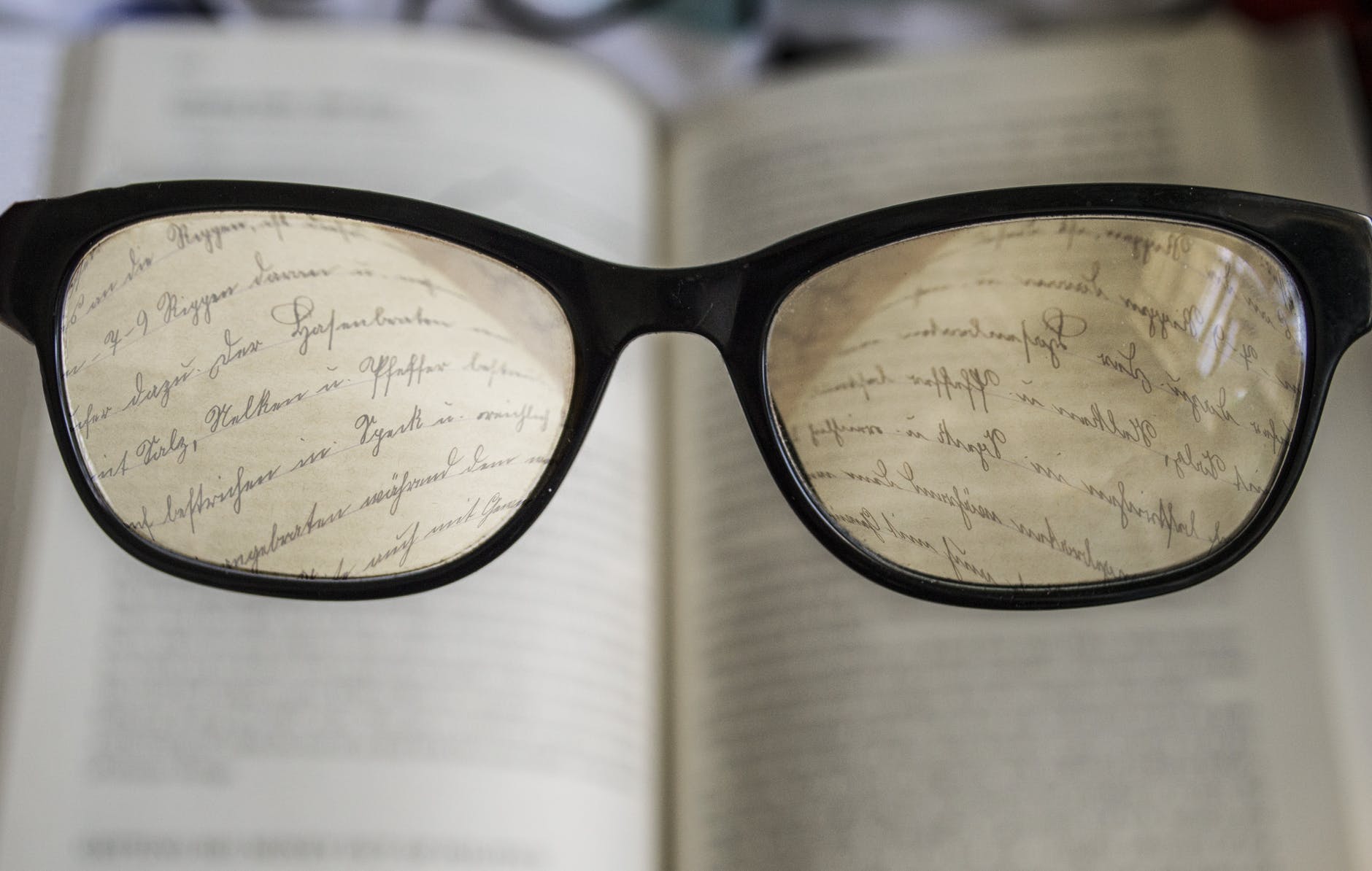Of course, the question is facile: it’s not as black and white as that. So let’s pick apart the proof-reading stage of the publishing process, just to see what it contributes and where problems can arise.
First off, doing without proof-reading is a mistake. Nothing irritates a reader and or embarrasses a writer more than published text containing missing words, incorrect or unclosed speech marks, upper case/lower case mistakes, or whatever the obvious transgression might be.  Having said that, something seems to depend on the reader. While some readers spot everything, and usually tell you so, others seem not to notice at all.
Having said that, something seems to depend on the reader. While some readers spot everything, and usually tell you so, others seem not to notice at all.
As an ex-educator with a very picky grammar school education, I’m unbearably fussy about punctuation, or I least I thought I was until a recent experience with a professional proof-reader. My ‘rules’ seem to be based on what I’d learned at school and not updated since, and I was unprepared for the technical approach to writing that my proof-reader friend was keen on. And from what I read about current approaches to ‘grammar’ in English primary schools, it looks like today’s children are getting a bellyful of these ‘rules’ which are then tested: enough to put them off writing confidently for a long time.
I have had a very unfortunate experience with proof-reading, which I’m keen not to repeat. My first three books fared well, or relatively well, with very few errors being spotted during that first nervous check when they came back from the printers. Maybe we got complacent, even sloppy. When the fourth book arrived, something had gone badly wrong. I spotted one or two mistakes in a casual flick through, but then the careful readers’ feedback started. At first it was a general complaint about the number of errors, and then after a routine library talk a woman handed me a list of the errors she had spotted and kindly written out for me. My stomach turned when I glanced at the list of shame. For days I could hardly bear to look at it. Then one morning after a miserable night worrying about it, I sat in bed with the list, a copy of the book and a highlighter pen and marked up every single one. It took a while. In my distress I managed to get highlighter on my duvet covet and it has proved impossible to get rid of, reminding me of the miserable business every time the duvet cover appears on my bed.
It took a while. In my distress I managed to get highlighter on my duvet covet and it has proved impossible to get rid of, reminding me of the miserable business every time the duvet cover appears on my bed.
The colleagues who had helped me with the errant book’s publication were duly informed and were as puzzled as me. How had this happened? We still can’t explain: it was as if the penultimate uncorrected proofs had been sent for printing by mistake. The ebook version of the book was corrected immediately, which was a relief, but I couldn’t afford to scrap the printed paperbacks and redo them. Mercifully, two years on, the stocks of the first edition are almost exhausted now and we can correct the mistakes before the reprint.
No need to convince me of the essential need for proof-reading. The conventions of the written form need to be visible in the text, to make the reader’s life bearable. But…are all these conventions set in stone? Some renowned authors have chosen to ignore them completely, but we can’t all be James Joyce.
Here’s my question: does the style and intensity of proof-reading vary according to genre? What’s acceptable – and required – in an academic paper maybe just too much for a work of fiction. And what’s appropriate to ‘literary fiction’, where writing style is the first concern, may feel wrong in a plot-driven crime story. Even within a story, the level of technical accuracy in a descriptive paragraph will and should be quite different than in dialogue, where people simply don’t speak in full balanced sentences with semi-colons and sub-clauses and all the rest.
Here’s my advice: when you’re working with a new proof-reader, ask for a few sample pages before he/she starts work in earnest. Be prepared for a discussion about the level of correction that could be deemed essential and what is a matter of choice and style. It’s your book, and you call the shots, but obviously you’ll listen to advice from a professionally trained person, even if sometimes you choose to ignore it. I’m sure that some proof-readers yearn to be editors even after the editing stage is officially over, but that could lead to all sorts of confusion and frustration. You – the author – may have to arbitrate and mediate. It’s your name on the cover, and you carry the can.
Back to the original question: can proof-reading flatten language? Yes, potentially it can, by applying ‘rules’ too heavily and inappropriately. If that’s not what you want, make sure you discuss the process with your proof-reader and find an acceptable compromise. “She who pays the piper calls the tune.”

Recent Comments